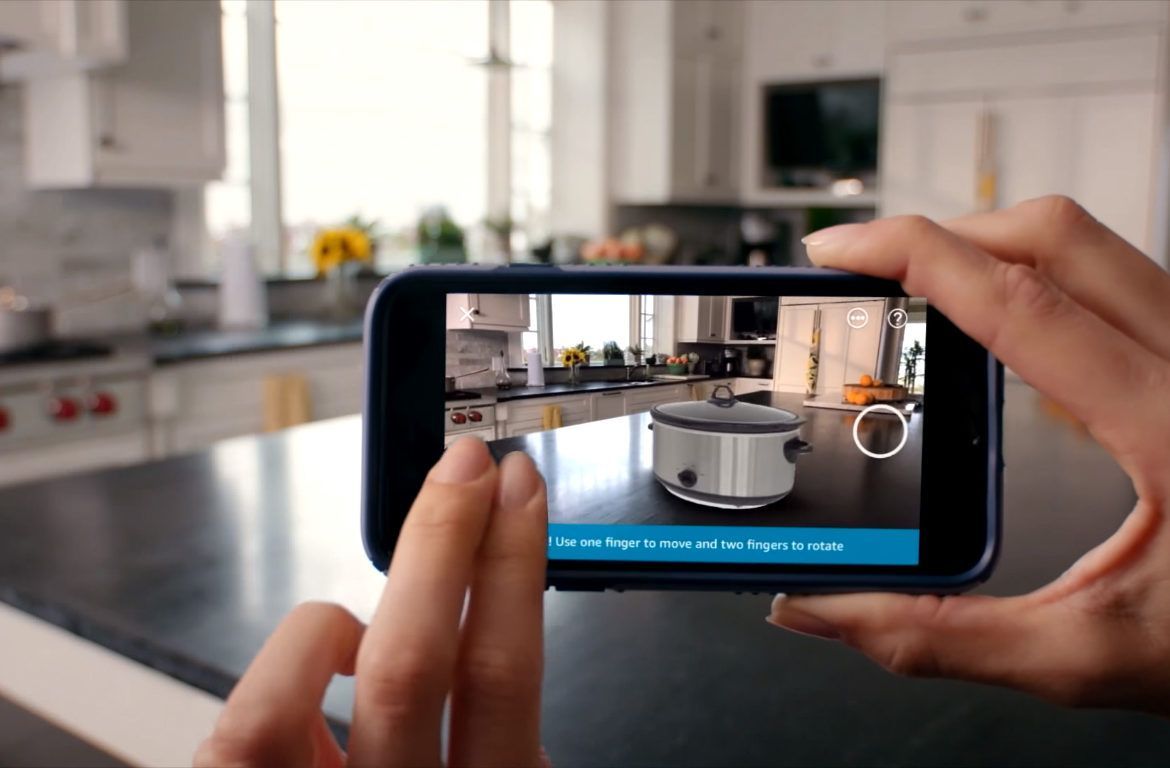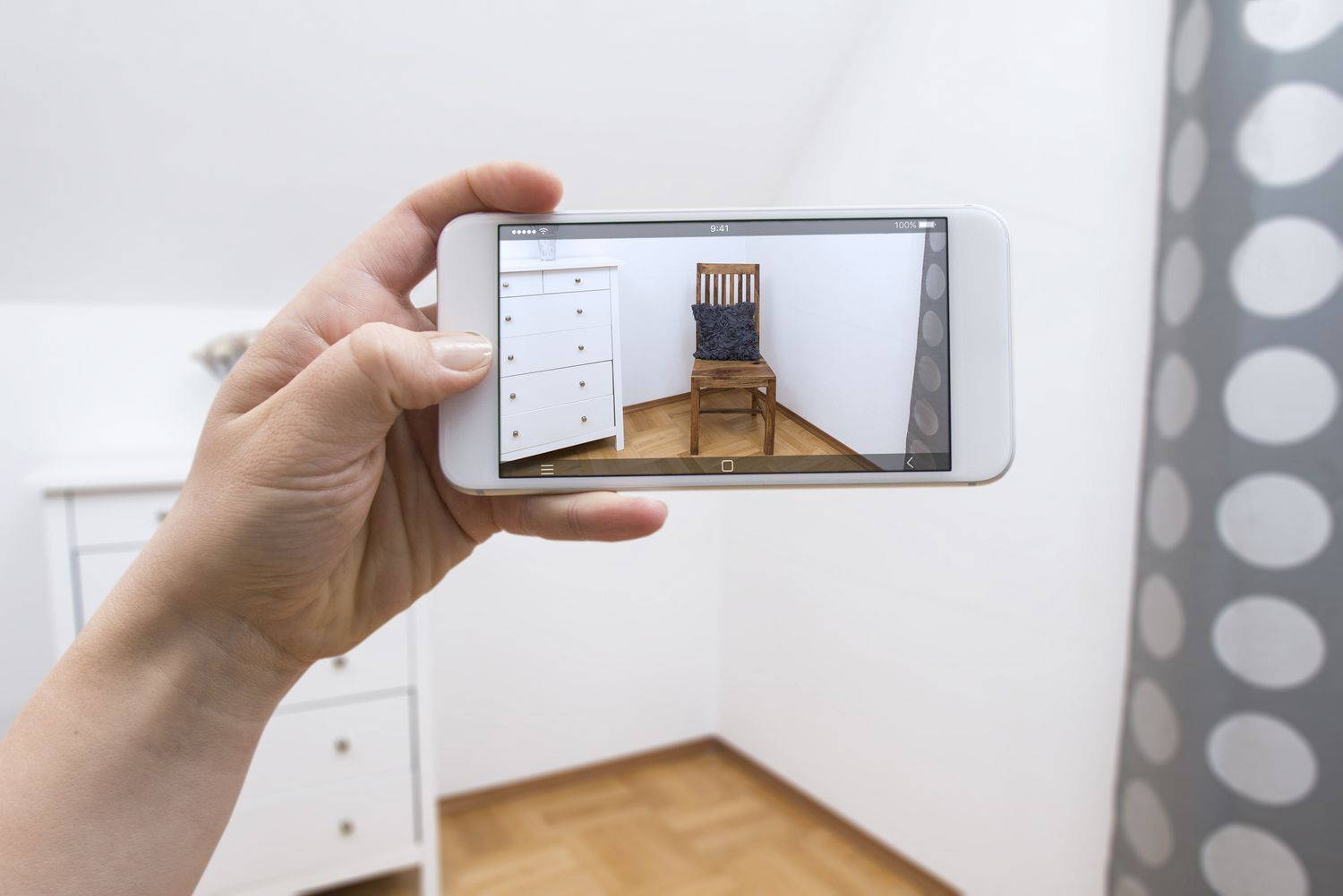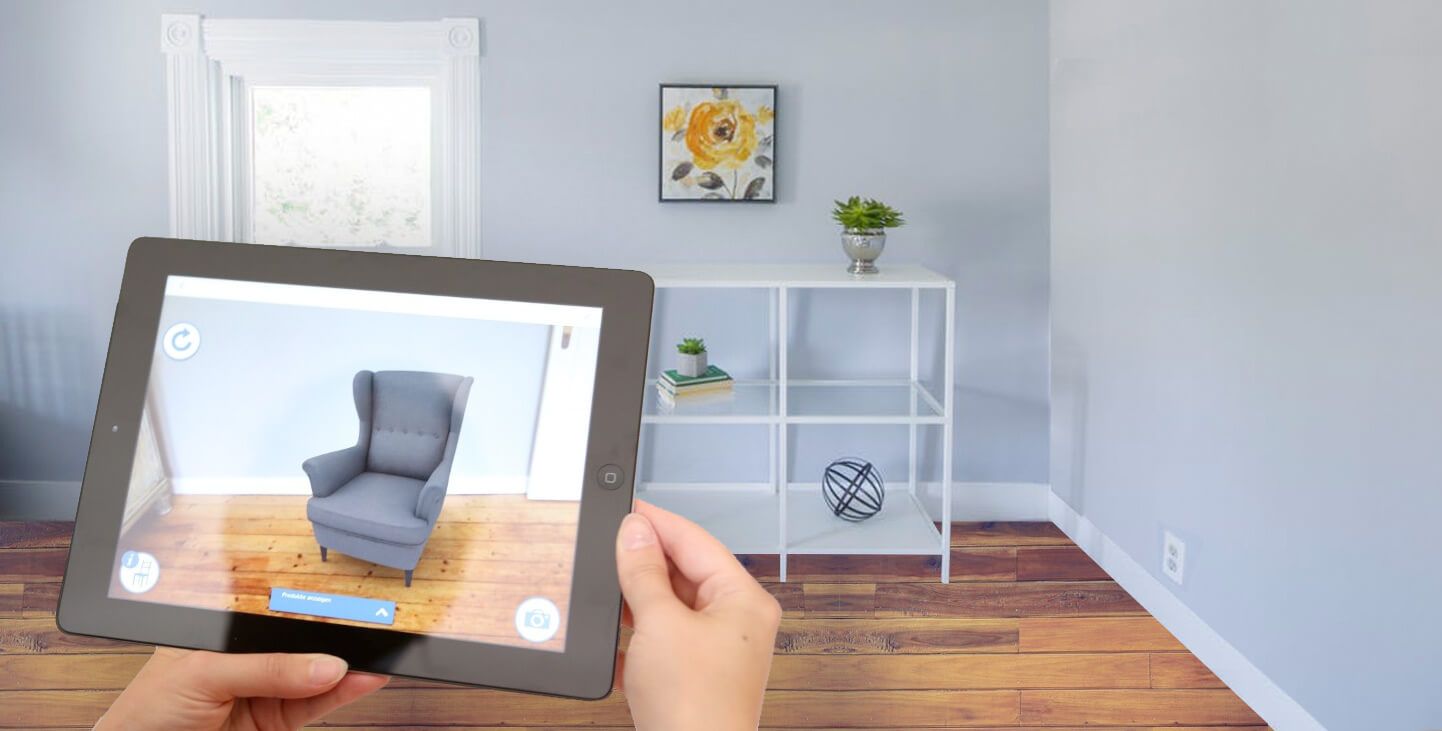How Shopify 3D Product Customization Boosts Sales

Introduction to Shopify 3D Product Customizers
In today's fast-paced e-commerce environment, providing a dynamic and engaging online shopping experience is crucial. One way to achieve this is by implementing Shopify 3D Product Customizers. These tools offer an interactive way for customers to visualize and customize products in 3D, ultimately leading to increased sales and customer satisfaction.
Importance of Product Visualization
As online shopping continues to grow, customers are demanding more immersive and personalized experiences. They want to see and understand the products they're considering before making a purchase. This is where 3D product customizers come into play, allowing
customers to visualize products in a more realistic and engaging way. By offering a lifelike representation of products, these customizers bridge the gap between the online shopping experience and the in-store experience.
Benefits of 3D Product Customizers
Utilizing 3D product customizers can bring numerous advantages to your Shopify store. Some of these benefits include:
- Improved customer engagement
- Increased customer trust
- Reduced product returns
- Higher conversion rates
- Enhanced brand image

Features of Shopify 3D Product Customizers
Shopify 3D product customizers come with a variety of features that make them a valuable addition to your online store. Let's take a look at some of the key features that make these customizers so effective.
Real-time 3D Visualization
One of the most important features of a 3D product customizer is its ability to provide real-time 3D visualization. This allows customers to see the product from various angles, giving them a better understanding of its size, shape, and overall appearance. As a result, customers feel more confident in their purchase decision, leading to increased sales and lower return rates.
User-friendly Interface
A user-friendly interface is crucial for ensuring that customers can easily navigate and use the 3D customizer. Many Shopify 3D product customizers have intuitive interfaces, allowing customers to effortlessly customize products without any prior knowledge or experience.
Easy Integration
Shopify 3D product customizers are designed to integrate seamlessly with your existing store. This means you can easily add this powerful tool to your store without the need for extensive coding or technical know-how.
Customization Options
A good 3D product customizer should offer a wide range of customization options. From changing colors and materials to adding text, logos, or patterns, these customizers empower customers to create unique products that reflect their personal style and preferences.
How 3D Product Customizers Increase Sales
Now that we've discussed the features of Shopify 3D product customizers, let's explore how they can help boost your sales.
Enhanced Customer Experience
By offering a more immersive and interactive shopping experience, 3D product customizers improve customer satisfaction. Customers can see their customized products come to life, which not only keeps them engaged but also increases their emotional connection to the product. This, in turn, leads to more sales and better customer retention.
Reduced Return Rates
One of the main reasons for product returns is the discrepancy between the customer's expectations and the actual product. 3D product customizers help bridge this gap by providing a more accurate representation of the product. As customers can see exactly what they're getting, they're less likely to return the product due to dissatisfaction.
Higher Conversion Rates
The interactive nature of 3D product customizers encourages customers to spend more time on your site, exploring and customizing products. This increased engagement often translates into higher conversion rates, as customers who invest time in customizing a product are more likely to make a purchase.
Increased Customer Confidence
By allowing customers to see the product from all angles and customize it to their liking, 3D product customizers instill confidence in the shopping experience. Customers are reassured that they're making an informed decision, leading to increased sales and positive word.

Examples of Successful Shopify Stores Using 3D Customizers
Many Shopify stores have seen great success by incorporating 3D product customizers into their online shopping experience. Here are a few examples:
- MAXPRO: MAXPRO is the Ultimate All-in-One Connected Fitness Solution. Its cable machine packs up to 300 pounds of resistance and is compact enough to fit in a backpack. MAXPRO implemented a 3D shopping experience that allows customers to build out their own home gyms with MAXPRO products. As a result, they experienced a significant increase in sales and a decrease in return rates.
- OLA KALA: OLA KALA is a German apparel company designing pieces curated for the latest fashion trends. OLA KALA implemented a 3D virtual fitting room allowing shoppers to easily try on new clothes with a wide variety of sizing options. In such a competitive industry, OLA is already receiving positive feedback from customers who have returned less clothes and engaged more with the brand.
- Pure Cycles: Pure Cycles is a Los Angeles-based bicycle shop with a moderate online presence. They’ve recently invested in building their online business and looked for creative ways to advertise their wide selection of bicycles. Pure Cycles decided to use AR to help their consumers visualize their purchases, increasing sales for their most expensive products.
Conclusion
In conclusion, Shopify 3D product customizers are a powerful tool for boosting sales and enhancing the overall customer experience. By providing customers with a more immersive and personalized shopping experience, these customizers help build trust, reduce return rates, and increase conversion rates. If you're looking to take your Shopify store to the next level, consider integrating a 3D product customizer to reap the benefits.
FAQs
1. Can 3D product customizers be used for any type of product?
While 3D product customizers work best for products with multiple customization options, such as apparel, accessories, and furniture, they can be used for a wide range of products. However, the effectiveness of a 3D customizer depends on the nature of the product
and the available customization options.
2. How difficult is it to implement a 3D product customizer on my Shopify store?
Many Shopify 3D product customizers are designed to be user-friendly and easy to integrate into your store. Some customizers even offer plug-and-play functionality, allowing you to add the tool to your store with minimal technical knowledge.
3. Will a 3D product customizer slow down my website?
While 3D customizers can be more resource-intensive than traditional 2D images, most Shopify 3D product customizers are optimized to minimize their impact on website performance. It's important to choose a customizer that is well-optimized and compatible with your store's theme.
4. Are 3D product customizers expensive?
The cost of implementing a 3D product customizer can vary depending on the features, level of customization, and support offered. However, many affordable options are available, making it possible for businesses of all sizes to leverage the benefits of 3D customizers.
5. How can I ensure that my 3D product customizer is user-friendly?
To ensure a user-friendly experience, choose a 3D product customizer with an intuitive interface and clear instructions. Additionally, consider offering a tutorial or guided walkthrough to help customers get started with the customizer. This will help them feel more comfortable and confident when customizing their products.
TALK TO A PRO
We're here to bring your brand to life!
Stay Connected with BrandXR
Create Augmented Reality for Free!
Create, Publish, and Measure 3D Augmented Reality Experiences Without Having to Code.














